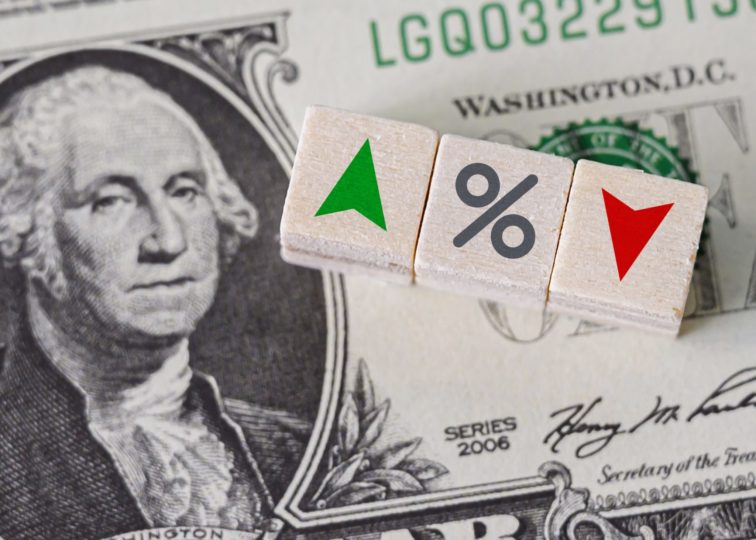
Blog
Will the Dollar’s Strength Lead to a Repeat of the 1990’s Asian Currency Crisis?
June 8, 2022
The U.S. dollar has been on a historic run this year, reaching its strongest level against the euro since 2002. The ICE U.S. dollar index, which gauges the greenback’s strength relative to currencies from other developed economies, has gained more than 13% in the last 12 months.
One of the main drivers of the dollar’s rally is the Federal Reserve’s aggressive rate hikes, and while higher rates and surging inflation have hurt the dollar’s buying power domestically, concerns about an economic slowdown in Europe and China have foreign investors looking toward the safety of the USD.
Economists widely believe that the dollar’s rally is likely to lose some steam as central banks around the world continue to raise rates. However, the one major economy unlikely to tighten monetary policy is Japan, which could mean trouble for the yen and potentially the entire region.
Jim O’Neill, a former Goldman Sachs economist,” warned Bloomberg News that the U.S. dollar could spark a new Asian financial crisis if the Japanese yen sinks to 150 against the dollar.
This week, the yen fell to 134 against the USD, the lowest level since 2002. Eisuke Sakakibara, a former Japanese government official often referred to by his nickname, “Mr. Yen,” told Bloomberg that the Japanese currency could continue to weaken to 150 yen to the dollar.
O’Neill warns that if the yen continues its slide, China could view this as an unfair advantage and step in to devalue its own currency, the yuan, potentially causing a chain reaction of currency weakness throughout the region similar to what occurred during the “Asian Crisis” of the late 1990s, which started with the crash of the Tahi baht before rippling throughout the entire region.
Assuming the Bank of Japan maintains its policy of carefully stage-managing the yields of Japanese government bonds, the dollar’s strength could create “serious problems” in Beijing, O’Neill said.
